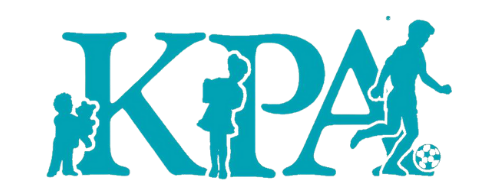Ski Season, Head Protection and How to Avoid Injury
I’ve been thinking a lot about head protection lately. My Mom knocked her head pretty hard a couple of years ago and although some people might argue that she always was a little forgetful before she hit her head, she sure has some memory problems now. My friend’s father had a garage door fall on his head. He developed a head bleed and subsequent dementia. Dr Robert Atkins, the creator of the Atkins Diet, slipped on the ice in New York City and hit his head. He died a week later from his head injury. It makes me think that we should all be wearing helmets. On my 65th birthday (which isn’t too far away) I plan to wear a helmet to work. When people ask who your pediatrician is, you can tell them it’s that weird guy that’s always wearing a helmet!
Being a pediatrician, of course, I’m more interested in protecting children’s heads. With ski season upon us, I would like to urge skiers to wear a helmet. The National Ski Areas Association (NSAA) reported that in 2003 only 25% of skiers wore helmets, their data shows that in 2012:
91% of children 9 years old or younger wore ski/snowboard helmets
81% of children 10 to 14 wore helmets
53% of adults 18 to 24 wore helmets
78% of adults over the age of 65 wore helmets
According to Dr Jasper Shealy, Professor Emeritus of the Rochester Institute of Technology in Rochester, NY, the use of a helmet while skiing or snowboarding reduces the chance of head injury by 30 to 50%. The best way to avoid any injury however is to follow the steps of Your Responsibility Code including: stay in control, stop in a safe place for you and others and when starting downhill or merging, look uphill and yield. It is also important to obey signs designating slow zones and intersecting areas. It is recommended that all skiers and snowboarders share the slopes and always show respect for others-which we should do all the time anyway.
